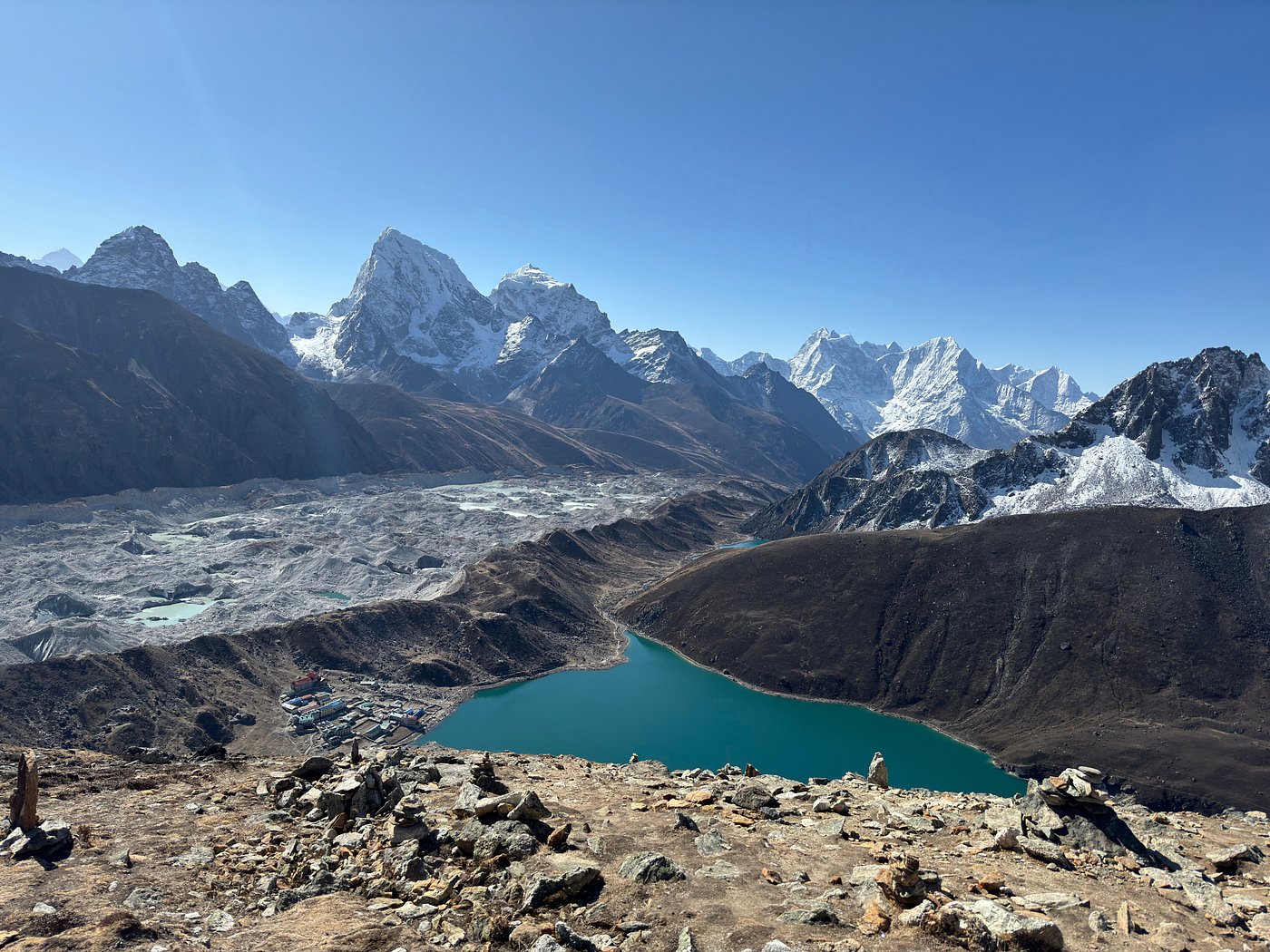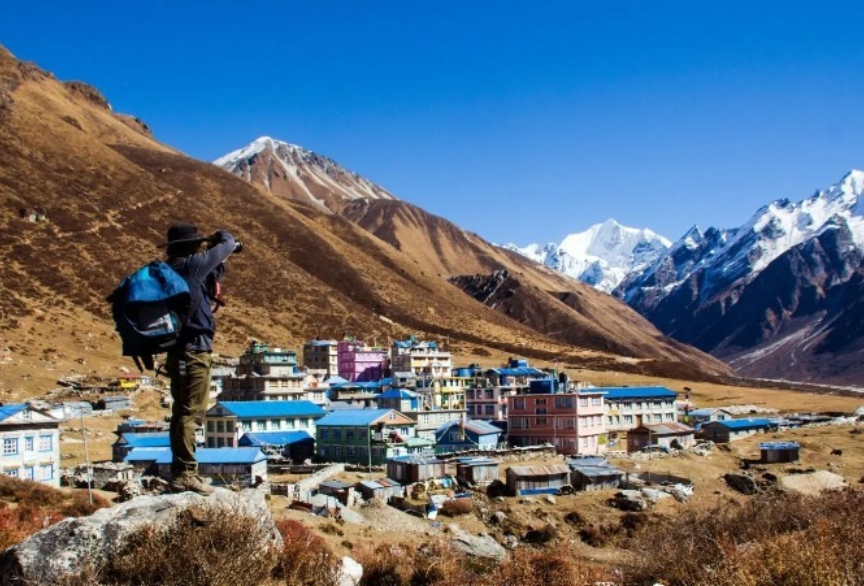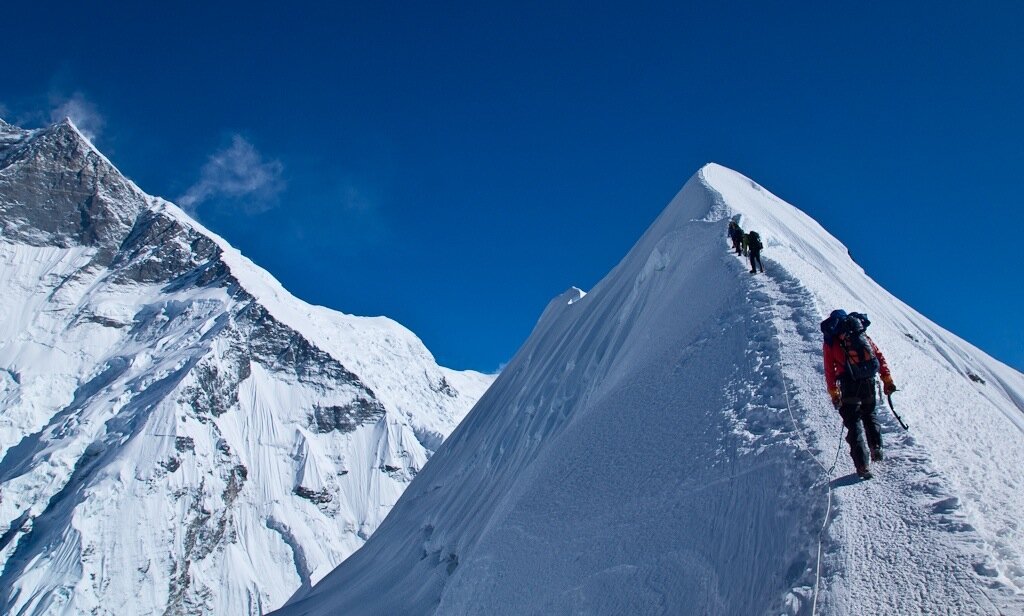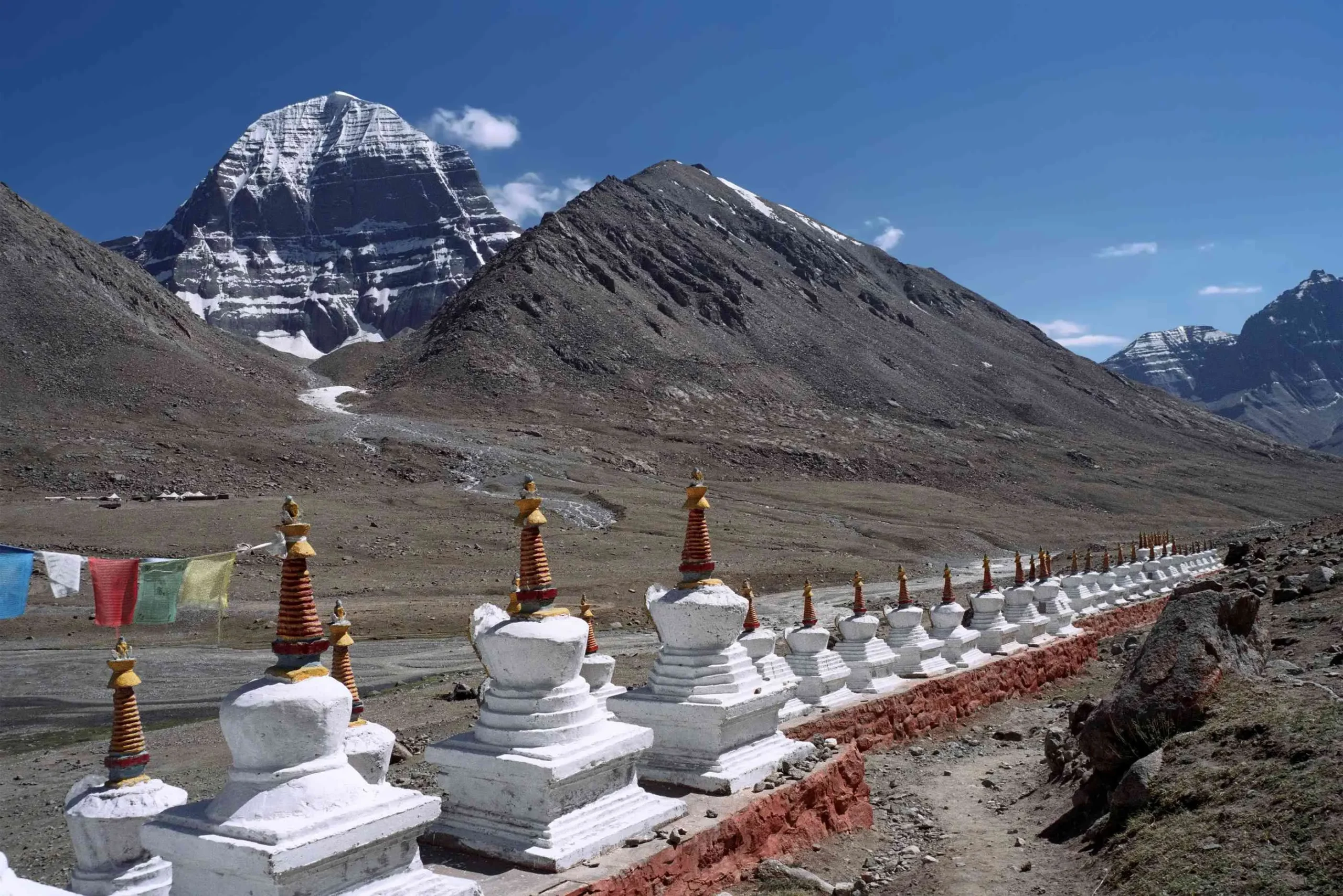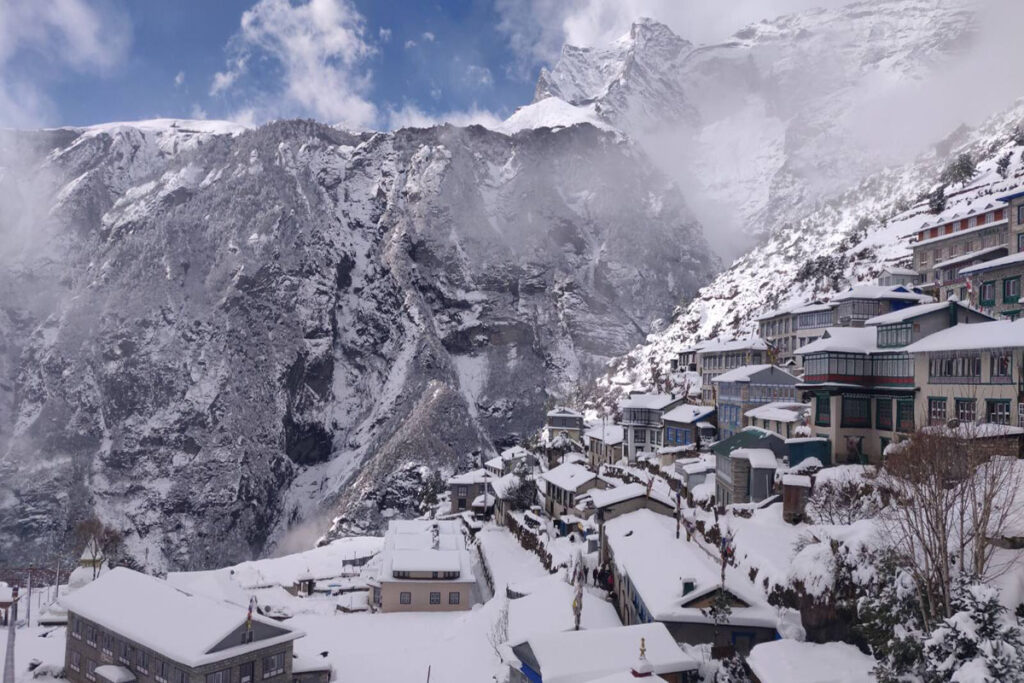Nepal transforms into a winter wonderland from December to February, offering trekkers a serene and breathtaking Himalayan experience. The 10 best winter treks in Nepal for 2026/2027 combine crisp mountain air, snow-dusted peaks, and tranquil trails, making them ideal for those seeking both adventure and solitude. From the panoramic sunrise views at Ghorepani Poon Hill to the cultural richness of the Langtang Valley Trek, winter trekking in Nepal provides a unique opportunity to explore scenic landscapes, vibrant local villages, and untouched wilderness without the crowds of peak seasons. With proper preparation, warm teahouses, and guidance from experts like Nepal Treks and Tour, even first-time trekkers can safely enjoy the magic of the Himalayas during the coldest months.
Why Trek in Nepal During Winter?
Winter trekking in Nepal (December to February) offers a truly unique and rewarding experience for trekkers seeking tranquility, crystal-clear Himalayan views, and authentic cultural encounters. While most travelers associate trekking in Nepal with spring and autumn, winter has quietly become one of the most underrated and peaceful trekking seasons in the Himalayas.
Here’s why you should consider embarking on a winter trek in Nepal for 2026/2027:
- Crystal-Clear Mountain Views: Winter brings dry, stable weather and dust-free air — offering some of the clearest mountain panoramas of the year. From the Annapurna range to Everest, you’ll witness breathtaking sunrises and snow-covered peaks glowing in golden hues.
- Less-Crowded Trails: One of the biggest advantages of trekking in winter is the solitude. Popular routes like Ghorepani Poon Hill, Langtang Valley, and Everest View Trek see far fewer trekkers, giving you a more personal and immersive experience with nature and local communities.
- Peaceful and Authentic Teahouse Experience: With fewer tourists, teahouse owners have more time to engage with trekkers, share stories, and offer warm hospitality. This creates a genuine connection with Himalayan life — something that’s often missed during the crowded peak seasons.
- Ideal for Lower-Altitude Treks: Many of the best winter treks in Nepal are below 4,000 meters, where snow accumulation is minimal and temperatures remain manageable. Trails like Mardi Himal, Helambu, and Lower Mustang remain open and safe throughout the winter months.
- Perfect for Photography and Serenity: The combination of snow-draped landscapes, clear skies, and soft morning light makes winter the best time for photography in the Himalayas. It’s also the perfect setting for reflection and mindfulness — ideal for trekkers who seek peace over crowds.
- Great Value and Availability: During winter, many lodges and hotels offer off-season discounts, making your trekking experience more affordable. Flights and transport are easier to book, ensuring smooth travel planning even during peak holiday periods.
- Experience Local Festivals and Culture: Winter in Nepal coincides with several local festivals, such as Maghe Sankranti, Lhosar, and Yomari Punhi, offering deeper cultural insights and community celebrations across villages and monasteries.
If you’re seeking peaceful trails, clear views, and authentic Himalayan experiences, winter is one of the best times to trek in Nepal. With proper preparation and guidance from experts like Nepal Treks and Tour, you can safely explore snow-kissed valleys, vibrant villages, and serene landscapes that few get to witness in their purest winter form.
Top 10 Best Winter Treks in Nepal for 2026/2027
Winter trekking in Nepal doesn’t mean extreme hardship or inaccessible trails. With the right guidance, proper preparation, and route selection, it becomes one of the most peaceful and visually stunning trekking experiences in the Himalayas. Here are the 10 best winter treks in Nepal for 2026/2027, carefully selected by Nepal Treks and Tour based on accessibility, scenery, and comfort.
Ghorepani Poon Hill Trek

Region: Annapurna
Duration: 4–6 Days
Max Altitude: 3,210 m (Poon Hill)
Why It’s Ideal for Winter:
The Ghorepani Poon Hill Trek is one of the most popular short treks in Nepal, perfect for winter due to its moderate elevation and well-established teahouses. The sunrise view over Annapurna and Dhaulagiri peaks from Poon Hill is simply spectacular in winter’s crisp air.
Highlights:
- Iconic sunrise from Poon Hill viewpoint
- Rhododendron forests dusted with snow
- Comfortable teahouses and warm hospitality
Perfect For: Families, beginners, and those seeking a short winter getaway in the Himalayas.
Langtang Valley Trek
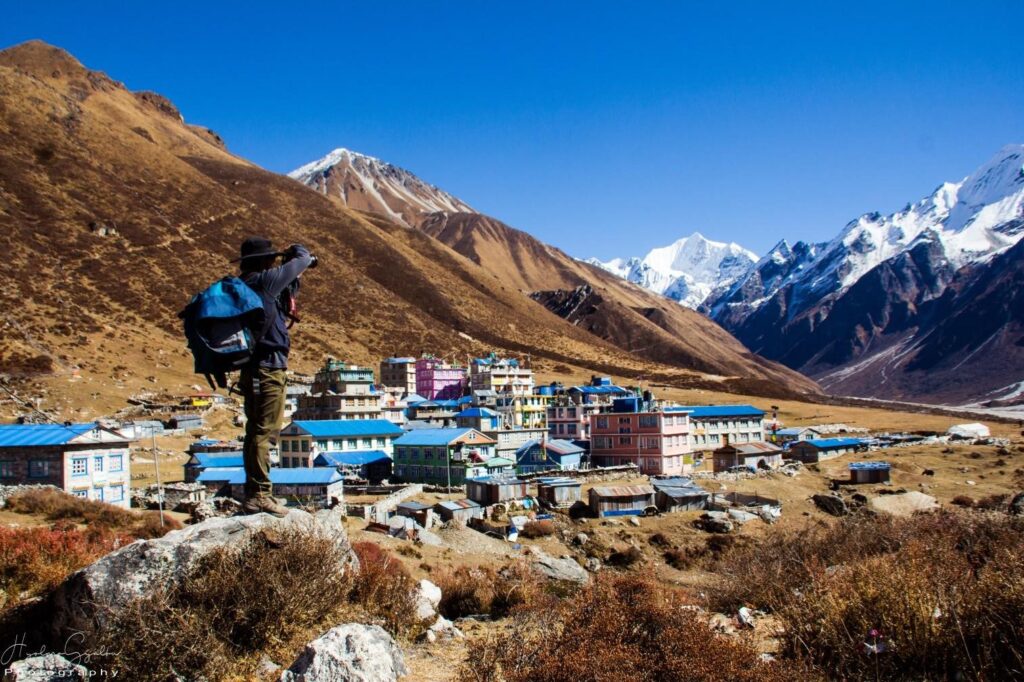
Region: Langtang National Park
Duration: 7–9 Days
Max Altitude: 4,984 m (Tserko Ri)
Why It’s Ideal for Winter:
Located close to Kathmandu, the Langtang Valley Trek offers a blend of mountain wilderness, Tamang culture, and manageable elevation. Snow enhances the valley’s beauty without hindering the trails.
Highlights:
- Stunning views of Langtang Lirung and Ganesh Himal
- Visit Kyanjin Gompa and Tserko Ri viewpoint
- Cultural immersion in traditional Tamang villages
Perfect For: Trekkers wanting a peaceful, off-the-beaten-path winter trek near Kathmandu.
Annapurna Base Camp Trek
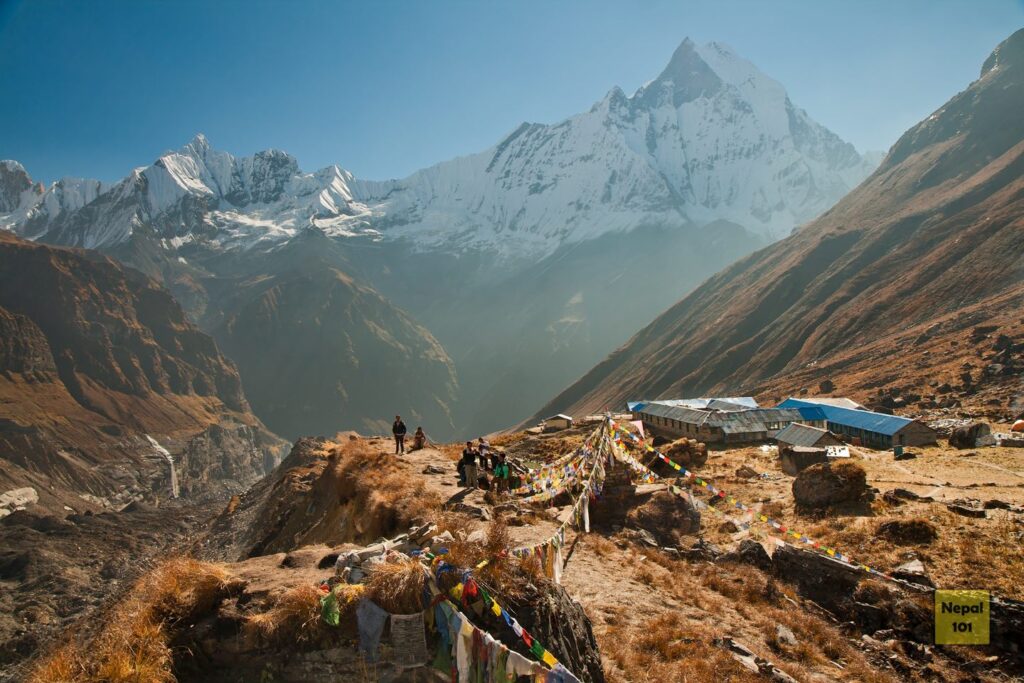
Region: Annapurna Sanctuary
Duration: 10–12 Days
Max Altitude: 4,130 m
Why It’s Ideal for Winter:
The Annapurna Base Camp (ABC) Trek remains accessible even in winter with proper gear and planning. The clear skies and snow-covered peaks make it one of the most photogenic treks in Nepal.
Highlights:
- Walk through terraced farmlands and bamboo forests
- Panoramic views of Annapurna I, Machhapuchhre, and Hiunchuli
- Natural hot springs at Jhinu Danda
Perfect For: Experienced trekkers wanting a balance of challenge and breathtaking Himalayan scenery.
Everest View Trek
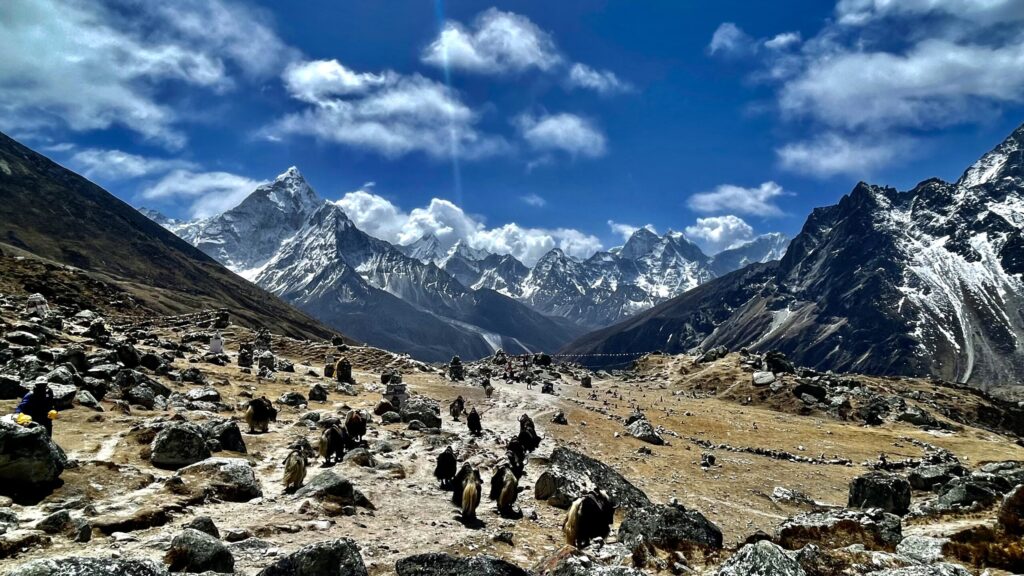
Region: Khumbu (Everest Region)
Duration: 5–7 Days
Max Altitude: 3,880 m (Hotel Everest View)
Why It’s Ideal for Winter:
The Everest View Trek offers a close look at the world’s highest peak without reaching high-altitude camps. The crystal-clear winter air provides unobstructed Everest panoramas.
Highlights:
- Visit Namche Bazaar and Tengboche Monastery
- Stay at Hotel Everest View for Himalayan vistas
- Experience Sherpa hospitality
Perfect For: Those who dream of seeing Everest but prefer a short, easy trek during winter.
Mardi Himal Trek
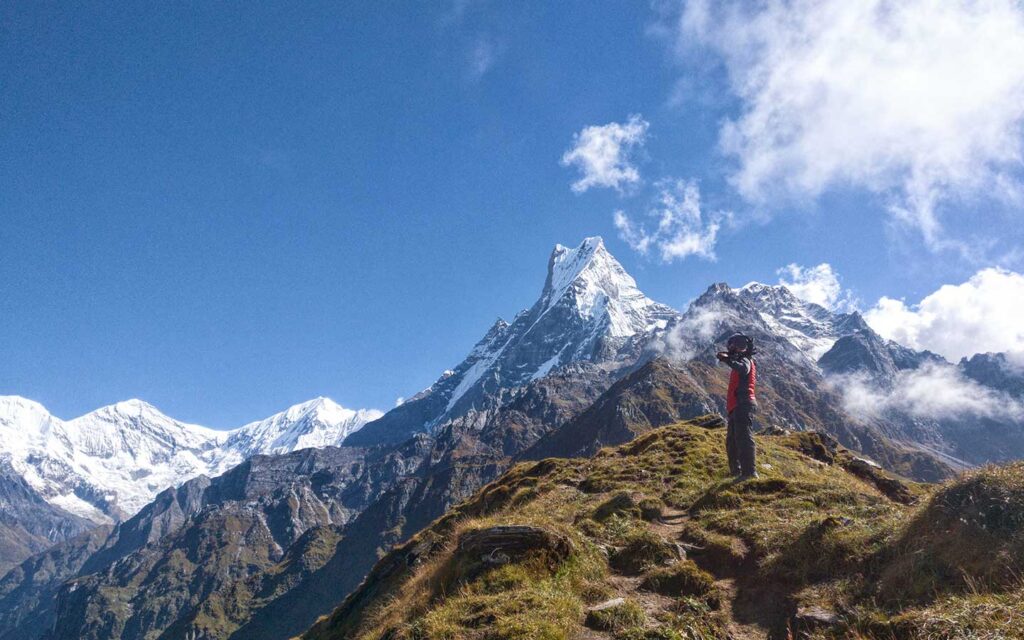
Region: Annapurna
Duration: 5–7 Days
Max Altitude: 4,500 m
Why It’s Ideal for Winter:
The Mardi Himal Trek remains open year-round and becomes even more beautiful in winter when snow transforms the ridge trails into a white wonderland.
Highlights:
- Close-up views of Machhapuchhre (Fishtail Mountain)
- Peaceful trails with fewer trekkers
- Cozy teahouse stays and cultural encounters
Perfect For: Trekkers seeking solitude and breathtaking photography opportunities.
Helambu Trek

Region: Langtang
Duration: 5–6 Days
Max Altitude: 3,650 m
Why It’s Ideal for Winter:
Located just north of Kathmandu, the Helambu Trek is accessible year-round and features moderate temperatures, making it one of the easiest winter treks in Nepal.
Highlights:
- Scenic landscapes and Sherpa villages
- Buddhist monasteries and serene mountain trails
- Short travel distance from Kathmandu
Perfect For: Beginners, cultural trekkers, and short-trip travelers.
Tamang Heritage Trail
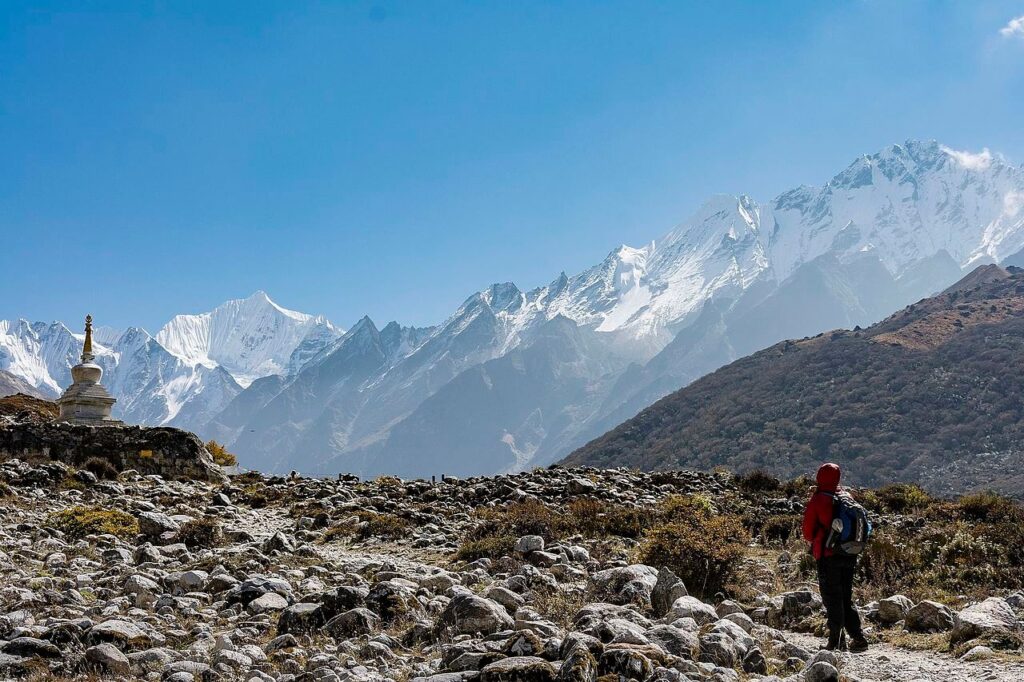
Region: Langtang
Duration: 6–8 Days
Max Altitude: 3,870 m
Why It’s Ideal for Winter:
The Tamang Heritage Trail combines cultural exploration with Himalayan beauty, staying at lower altitudes where winter conditions are mild.
Highlights:
- Traditional Tamang villages and warm homestays
- Ancient monasteries and local craftsmanship
- Views of Langtang and Ganesh Himal
Perfect For: Trekkers seeking cultural depth with easy walking conditions.
Lower Mustang Trek

Region: Mustang
Duration: 7–9 Days
Max Altitude: 3,800 m
Why It’s Ideal for Winter:
Being in a rain-shadow region, the Lower Mustang Trek remains dry and accessible even during the coldest months. Winter brings clear skies and excellent visibility.
Highlights:
- Explore Jomsom, Kagbeni, and Muktinath Temple
- Experience Tibetan-influenced culture
- Desert-like landscapes surrounded by snowy peaks
Perfect For: Adventure seekers wanting a cultural and spiritual trek with stable winter weather.
Khopra Danda Trek
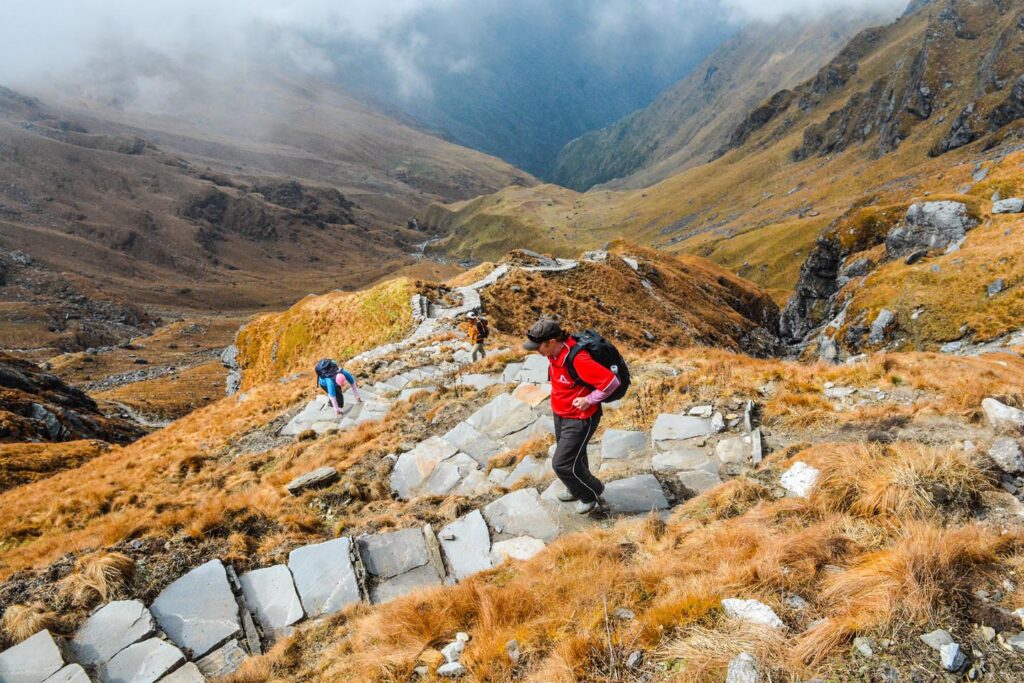
Region: Annapurna
Duration: 7–9 Days
Max Altitude: 3,660 m
Why It’s Ideal for Winter:
Less crowded than Ghorepani, the Khopra Danda Trek offers sweeping views of Annapurna and Dhaulagiri ranges, with teahouses open throughout winter.
Highlights:
- Sunrise and sunset from Khopra Ridge
- Optional hike to Khayer Lake (weather permitting)
- Authentic village experiences
Perfect For: Trekkers looking for offbeat winter routes with rewarding mountain views.
Royal Trek
Region: Annapurna (Pokhara region)
Duration: 3–4 Days
Max Altitude: 1,730 m
Why It’s Ideal for Winter:
Named after Prince Charles’ 1980 trek, the Royal Trek is one of the easiest and most scenic short treks in Nepal, perfect for winter walking and cultural immersion.
Highlights:
- Stunning mid-hill landscapes
- Views of Annapurna, Machhapuchhre, and Lamjung Himal
- Authentic Gurung and Magar villages
Perfect For: Families, first-time trekkers, and cultural enthusiasts.
Summary Table: 10 Best Winter Treks in Nepal
| Trek Name | Region | Duration | Max Altitude | Difficulty | Highlights |
|---|---|---|---|---|---|
| Ghorepani Poon Hill | Annapurna | 4–6 days | 3,210 m | Easy | Sunrise view, family-friendly |
| Langtang Valley | Langtang | 7–9 days | 4,984 m | Moderate | Tamang culture, close to Kathmandu |
| Annapurna Base Camp | Annapurna | 10–12 days | 4,130 m | Moderate–Hard | Majestic base camp views |
| Everest View Trek | Everest | 5–7 days | 3,880 m | Easy | Everest panorama |
| Mardi Himal | Annapurna | 5–7 days | 4,500 m | Moderate | Solitude and scenic ridge trek |
| Helambu | Langtang | 5–6 days | 3,650 m | Easy | Near Kathmandu, Sherpa villages |
| Tamang Heritage | Langtang | 6–8 days | 3,870 m | Easy | Cultural trek |
| Lower Mustang | Mustang | 7–9 days | 3,800 m | Moderate | Dry climate, Tibetan culture |
| Khopra Danda | Annapurna | 7–9 days | 3,660 m | Moderate | Offbeat and panoramic |
| Royal Trek | Annapurna | 3–4 days | 1,730 m | Easy | Cultural, short, scenic |
Essential Winter Trekking Tips for Nepal (2026/2027)
Trekking in Nepal during winter offers unmatched beauty and solitude, but it also presents unique challenges such as snow, ice, cold temperatures, and shorter daylight hours. With proper preparation and expert guidance from Nepal Treks and Tour, your winter trek can be safe, comfortable, and truly unforgettable. Here are the essential winter trekking tips for 2026/2027:
Choose the Right Trek Based on Altitude
- Stick to treks below 4,000 meters if you’re a beginner, such as Ghorepani Poon Hill, Helambu, or Royal Trek.
- For intermediate trekkers, Langtang Valley, Mardi Himal, or Lower Mustang offer more challenge while remaining safe in winter conditions.
- High-altitude treks above 5,000 meters, like Annapurna Base Camp, require proper acclimatization and winter-specific gear.
Dress in Layers for Winter Comfort
Winter temperatures can drop below -15°C in high-altitude areas. Layering is key:
- Base Layer: Moisture-wicking thermal underwear
- Insulating Layer: Fleece or down jacket
- Outer Layer: Waterproof and windproof shell jacket and pants
Accessories:
- Warm gloves, hat, scarf, and thermal socks
- Gaiters for snow protection
- Sunglasses for snow glare
Tip: Nepal Treks and Tour can advise or provide essential winter gear rental if needed.
Footwear and Traction
- Sturdy trekking boots with insulation are a must.
- Consider microspikes or crampons if you plan to trek in icy sections or higher-altitude snow zones.
- Always wear moisture-wicking socks to prevent frostbite and blisters.
Stay Hydrated and Nourished
- Winter air is dry, and dehydration can increase the risk of altitude sickness.
- Carry 2–3 liters of water per day, plus electrolyte tablets.
- Eat high-calorie meals to maintain energy in cold conditions.
Acclimatize Properly
- Even moderate winter treks require gradual altitude gain.
- Follow the rule: “Climb high, sleep low” when possible.
- Consider rest days at key locations (e.g., Namche Bazaar for Everest View Trek, Ghorepani for Poon Hill).
Plan for Shorter Daylight Hours
- Trekking in winter means sunrise at 7:00 AM and sunset by 5:00 PM in the hills.
- Start early, and always carry a headlamp or flashlight for safety.
- Keep daily treks within 4–6 hours to avoid being caught out after dark.
Choose Experienced Local Guides
- Winter trails may have hidden icy patches, snow-covered trails, or blocked paths.
- A licensed guide from Nepal Treks and Tour ensures safe navigation, emergency support, and access to local insights.
- Guides can recommend alternative routes if a section becomes risky.
Be Prepared for Emergency Situations
- Carry basic first aid, high-calorie snacks, and warm emergency clothing.
- Know nearest lodge or village locations for shelter.
- Nepal Treks and Tour provides emergency communication devices for remote treks.
Check Weather and Trail Conditions
- Winter in Nepal can bring occasional snowstorms or icy winds.
- Check daily weather forecasts via your guide, and be ready to reschedule or reroute.
- Nepal Treks and Tour constantly monitors conditions to adjust itineraries safely.
Respect Local Culture and Communities
- Winter is quieter in villages, so interactions with locals are more personal.
- Follow Tamang, Sherpa, Gurung, and Mustang customs, and support local businesses and teahouses.
- Minimize environmental impact by avoiding litter, using reusable bottles, and sticking to marked trails.
Quick Winter Trek Gear Checklist
- Down jacket, fleece jacket, thermal layers
- Waterproof shell jacket and pants
- Insulated trekking boots and gaiters
- Warm gloves, hat, scarf, and sunglasses
- Backpack with hydration system
- Headlamp and extra batteries
- Trekking poles and microspikes/crampons
“Winter trekking in Nepal is incredibly rewarding, but preparation is everything. Choosing the right trek, layering clothing properly, and trekking with experienced guides ensures safety and maximum enjoyment. We tailor winter itineraries that balance adventure, comfort, and cultural experiences.”
Winter trekking in Nepal offers an unforgettable blend of majestic Himalayan landscapes, peaceful trails, and authentic cultural experiences. The 10 best winter treks in Nepal for 2026/2027 — from the iconic Ghorepani Poon Hill Trek to the offbeat beauty of Lower Mustang — provide options for every type of trekker, whether you seek adventure, photography, or cultural immersion. With fewer crowds, clear skies, and cozy teahouses, winter treks reveal a side of Nepal that is both serene and spectacular. By choosing Nepal Treks and Tour, you ensure expert guidance, well-planned itineraries, and safe trekking experiences, making your winter journey in the Himalayas truly memorable. Start planning your winter trek today and witness the magic of Nepal like never before.
10 Best Winter Treks in Nepal for 2026/2027 – FAQs
Q: When is the best time to go for winter trekking in Nepal?
A: The best time for winter trekking in Nepal is from December to February, when skies are clear, trails are less crowded, and the Himalayas are covered in a pristine layer of snow. Late November and early March are also ideal for milder conditions and scenic contrasts.
Q: Are winter treks in Nepal suitable for beginners?
A: Yes, many winter trekking routes in Nepal are beginner-friendly, such as Ghorepani Poon Hill Trek, Helambu Trek, and Royal Trek. These treks remain at moderate altitudes below 4,000 meters and have well-established teahouses. Proper winter gear and guidance from a licensed trekking guide are recommended.
Q: Do I need special permits for winter trekking in Nepal?
A: Yes, trekking in Nepal requires official permits, which vary by region:
- TIMS (Trekkers’ Information Management System) Card – required for most treks.
- Annapurna Conservation Area Permit (ACAP) – for Annapurna region treks.
- Sagarmatha National Park Permit – for Everest region treks.
- Mustang Restricted Area Permit – for Lower Mustang Trek.
Nepal Treks and Tour arranges all necessary permits for a hassle-free trek.
Q: What gear do I need for winter trekking in Nepal?
A: Essential gear for winter trekking includes:
- Insulated down jacket and fleece layers
- Waterproof and windproof outerwear
- Sturdy trekking boots with thermal socks
- Gloves, hat, scarf, and sunglasses
- Microspikes or crampons for icy sections
- Headlamp, trekking poles, and hydration system
Q: Is winter trekking in Nepal safe?
A: Yes, winter trekking is safe if you choose suitable routes and follow expert guidance. Trails at moderate altitudes are generally clear, and experienced guides from Nepal Treks and Tour ensure safe navigation. Always monitor weather updates and be prepared for occasional snow or icy patches.
Q: Can I see sunrise and sunset during winter treks?
A: Absolutely! Winter is considered the best season for mountain views due to clear skies and minimal haze. Iconic spots like Poon Hill, Khopra Danda, and Mardi Himal offer breathtaking sunrises over Annapurna, Dhaulagiri, and Machhapuchhre peaks.
Q: How physically demanding are winter treks in Nepal?
A:
- Winter treks vary in difficulty:
- Easy: Ghorepani Poon Hill, Royal Trek, Helambu Trek
- Moderate: Langtang Valley, Mardi Himal, Tamang Heritage Trail
- Moderate to Hard: Annapurna Base Camp, Khopra Danda, Lower Mustang
Proper acclimatization, winter gear, and trekking with guides help make the experience safe and enjoyable.
Q: Will lodges and teahouses be open during winter?
A: Most popular trekking routes’ teahouses and lodges remain open, including Annapurna, Langtang, and Everest View routes. In remote regions like Lower Mustang, a few lodges may close during heavy winter months, but alternative accommodations are arranged by us.
Q: Can I trek alone in winter?
A: Solo trekking in Nepal is possible but not recommended for winter, especially in remote areas. Hiring a licensed guide from Nepal Treks and Tour ensures safety, local support, and smooth navigation on snow-covered or icy trails.
Q: How can I book a winter trek with Nepal Treks and Tour?
A:
- Booking is easy:
- Visit the Nepal Treks and Tour website.
- Choose your preferred winter trekking package.
- Contact our expert team via phone, email, or inquiry form.
- Receive itinerary customization, gear advice, and full permit arrangements.


